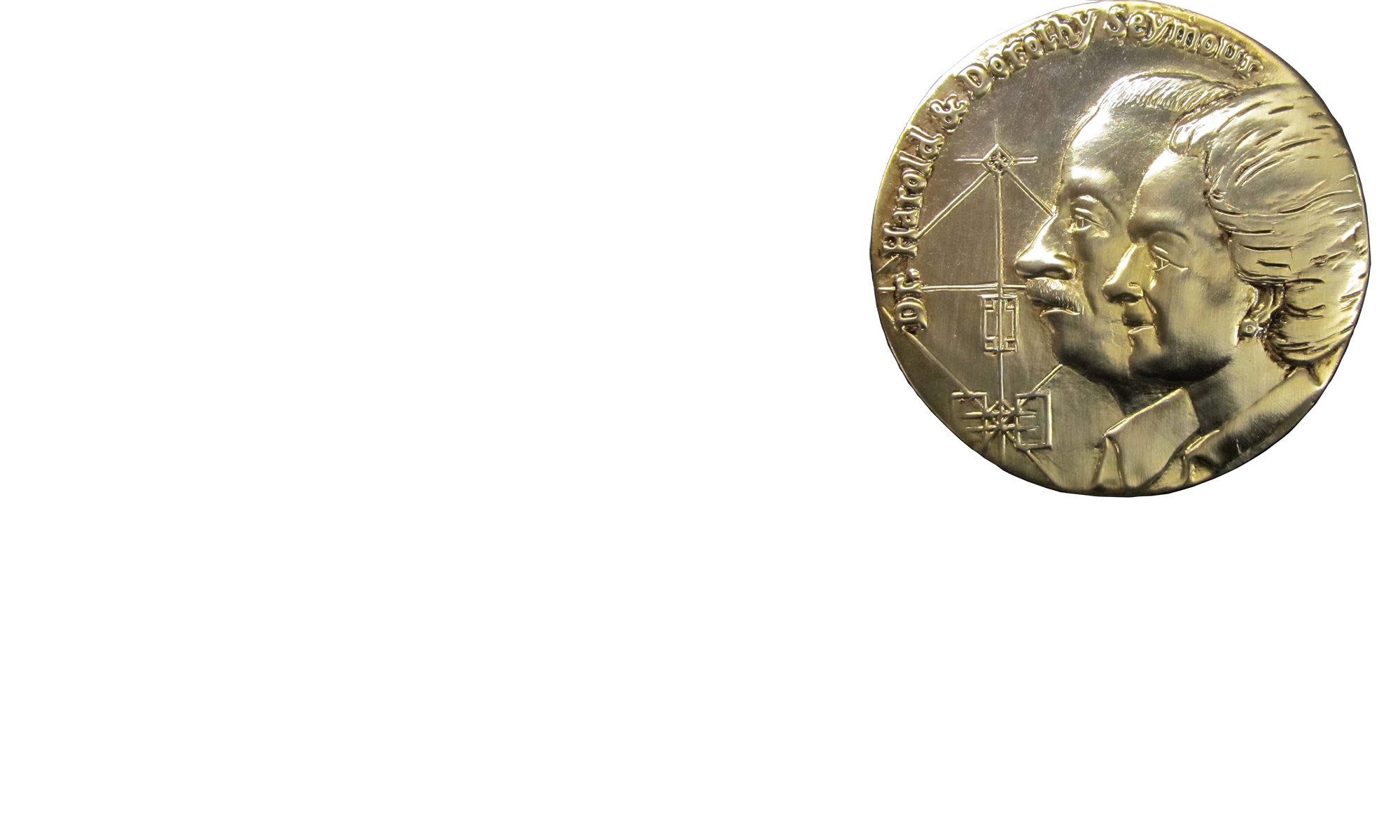History and Wrestling
Before he was able to find a teaching position at the college level, Seymour taught junior high school history in Norwich, New York. He accepted the position with the assurance that he would also be coaching baseball, but when he arrived to start work he learned that the chemistry teacher had been given the baseball position and that he, Seymour, was to coach wrestling-about which he knew nothing! So he enlisted the star wrestler to help him, learned the moves and how to help his boys, coached them and traveled to meets with them, and produced a winning team, popularly called “The Purple Matmen.”
Inspiring the Boys
As a junior high school teacher Seymour affected the lives of a number of boys, not only by teaching them history and but also by encouraging them to try for a college education. In 1940 he received a letter from a former student named Samuel Eaton, thanking Seymour for inspiring him to go to Drew University. He announced that Drew had awarded him a $350 scholarship and, with borrowing more, he found it possible to accept. “I would not have considered taking this step if you had not convinced me that Drew is a school of unlimited opportunity,” and “I wouldn’t have been able to consider Drew anyway if it hadn’t been for your efforts toward obtaining a scholarship for me.”
Another student Seymour befriended was Ed Flanagan, who wrote me recently that Seymour, in his teaching, used baseball analogies and baseball names “with abandon,” and that “sparked the interest and pleasure of many of the kids.” Seymour also “tagged Frank Powell, son of the owner of Norwich’s only hotel, with the name ‘Jake’ after a then-not-so-old major leaguer named Jake Powell. Frank never completely shed that moniker.”
Seymour acted like a ball player, said Ed. “When he went to the park to hit fly balls to us after school,” Flanagan recalled, Seymour “dressed, carried himself, and moved like a big-leaguer.”
Dinner with the Teacher
In dealing with the students, says Flanagan, Seymour “was never patronizing or condescending. He earned his respect from giving the same. . . .In my memory, Harold Seymour was a heavy hitter.” Ed also told a good story about Seymour as teacher: once when he and another boy named Mark Foster had supper at Seymour’s home, “we stayed so late talking that our mothers sallied forth to recover us. Not much could have happened to us in Norwich in 1938 or 1939, and my father laughed at the whole thing. Picture kids today being invited to dine with their Junior High Social Studies teacher, or even accepting the invitation if offered! Norwich was not quite ready for Harold Seymour then, but we thought he was great.”
Ed Hill, another of Seymour’s students at Norwich, attended the ceremony in which Seymour’s ashes were sprinkled on first base at Doubleday Field [Who’s on First?], and then wrote me saying what a privilege it was to attend. “Harold was an important part of my life. . . . He was a splendid teacher.”
Umpire Seymour
While he was teaching at Presbyterian College in South Carolina, Seymour was asked to umpire a few games played by the college’s team. Once at a tense moment in the action, the home team’s manager approached Seymour to protest his decision; Seymour replied in no uncertain terms, and probably in Brooklynese, that the team’s manager was out of order. The manager was furious but retreated in a huff. The next day in class, one of Seymour’s students inquired about this conversation: What did the manager say, and what was Seymour’s reply? “Well,” replied Seymour, “he told me what a fine umpire I was, and I told him what an excellent manager he was.” The students enjoyed this explanation!
In one of the file boxes of the Seymour Collection at Cornell University [Cornell Baseball Bequest] I found a memento of Seymour’s umpiring that I’d forgotten: a small plastic umpire’s indicator that I had placed in an envelope and contributed to the Collection. It’s doubtless the indicator used that day at Presbyterian College, when Seymour told the home team manager “what an excellent manager he was.”

